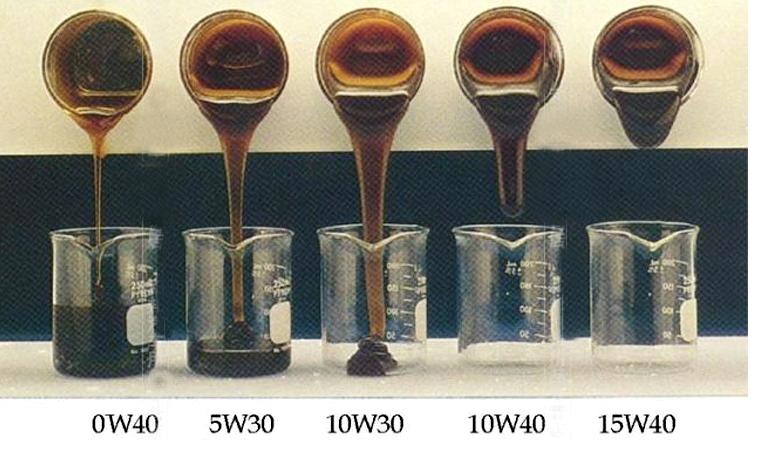Engine oil 5W40 decoding
On the packaging of many engine oils, you can find many different letters and numbers. Little who knows, but these are very important parameters that classify oils by lubricating properties. Today you will learn how to decrypt these parameters and how to choose the engine oil for yourself.
The composition of any of them includes a special basis, which sets its abilities. Different, this basis is called an additive, which can be a protective or antipid. Based on these additives, all oils can be divided into the following types: synthetic, semi-synthetic and mineral.
- « Synthetics"It's one of the expensive species, now you will learn why. This type of lubricant has additives capable of rinse the engine, it is better to withstand heavy temperatures and resist freezing well. Thus, synthetic oils have a large number of beneficial properties.
- « Mineralwood"It's the cheapest. There is no chemical additive and is obtained by treating oil. When boiling, such a lubricant can be left at the bottom of the crankcase slags that are very harmful to any engine. It is necessary to change it much more often.
- Semi-synthetic oils are an intermediate option. Any semi-synthetic is created by producing mineral water and adding special additives to it, which are contained in synthetic. The price for it is also in the interval . Lately, it is no longer used in the engines of many cars. Nevertheless, in the country, you can still meet old cars that still contain in the mineral car.
When choosing a type of engine oil, it is necessary to comply with the requirements for the manufacturer. However, the use of lubricant with the best characteristics will not drive any harm.
Classification of oils
Modern classification of motor oils is divided by the scope. That is, some species are intended for gasoline engines, while others for diesel. Another separation implies the viscosity of the lubricant depending on the temperature of the operation. The last parameter was created based on the SAE and API classifications.
If the first classification is, according to it, it is possible to decrypt the properties of oil using two digits and one letter. The first digit means the allowable low temperature values, and the letter W is that can be used as a winter. The last digit is a high temperature indicator. If the lubricant is allowed to use only in the summer, then its designation will look about so SAE 40.
Low temperature decoding:
0W - such an oil can be used in conditions -35-30 degrees Celsius
5W - the most allowable conditions should be within -30-25 degrees Celsius
10W - it can be used at temperatures -25-20 degrees Celsius
Further decoding to the number 20 is made according to the same principle, constantly increasing the temperature of 5 degrees.
Decoding at high temperature:
30 - withstands the temperature to +25 degrees Celsius
40 - It is allowed to use in the heat to +30 degrees Celsius
60 - withstands the temperature from 50 degrees Celsius and above.

Thus, the viscosity of the lubricant should be selected taking into account the operating conditions of the car. For example, for winter and summer, oil with parameters 5W40 can be used in Russia. It perfectly withstands frost and copes well with its task in the summer, without losing its lubricant properties.
API classification implies the degree of degree of special detergent additives. Thus, they can affect car engines in different ways. In addition, it may contain the type of engine for which it is used. For example, the letter C means that the diesel engine, and S is that the motor is gasoline. The second letter means the year of car development. The oldest are those that were released before 1964 and are denoted by the letter C, the modern engine, for example, 2003, are denoted by the letter L.
For example, the following classification of SJ / CF, according to the API, means that it is used both for gasoline and diesel engines. In addition, it can be suitable for different years of car release.
These designations are not taken "from nowhere", obtain in the process of complex chemical processing.
 Perhaps this is the most basic classification of motor oils and is applied by a large number of famous manufacturers. Of course, there are other labeling methods, but they did not find wider distribution, so they are not necessarily known. Now you know what the manufacturer implies, recommending pouring this or that oil into the engine. We wish you good luck on the roads!
Perhaps this is the most basic classification of motor oils and is applied by a large number of famous manufacturers. Of course, there are other labeling methods, but they did not find wider distribution, so they are not necessarily known. Now you know what the manufacturer implies, recommending pouring this or that oil into the engine. We wish you good luck on the roads!










